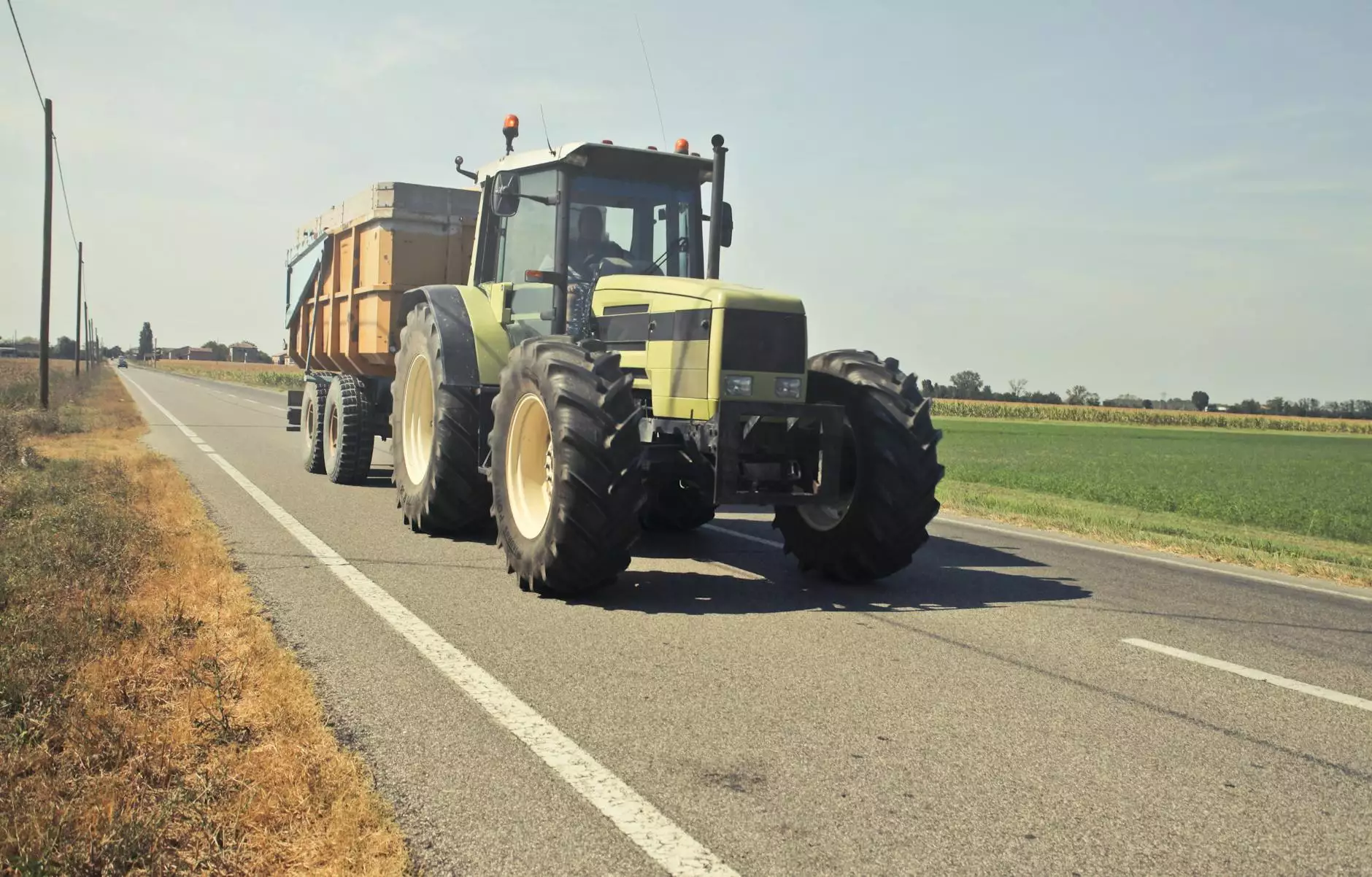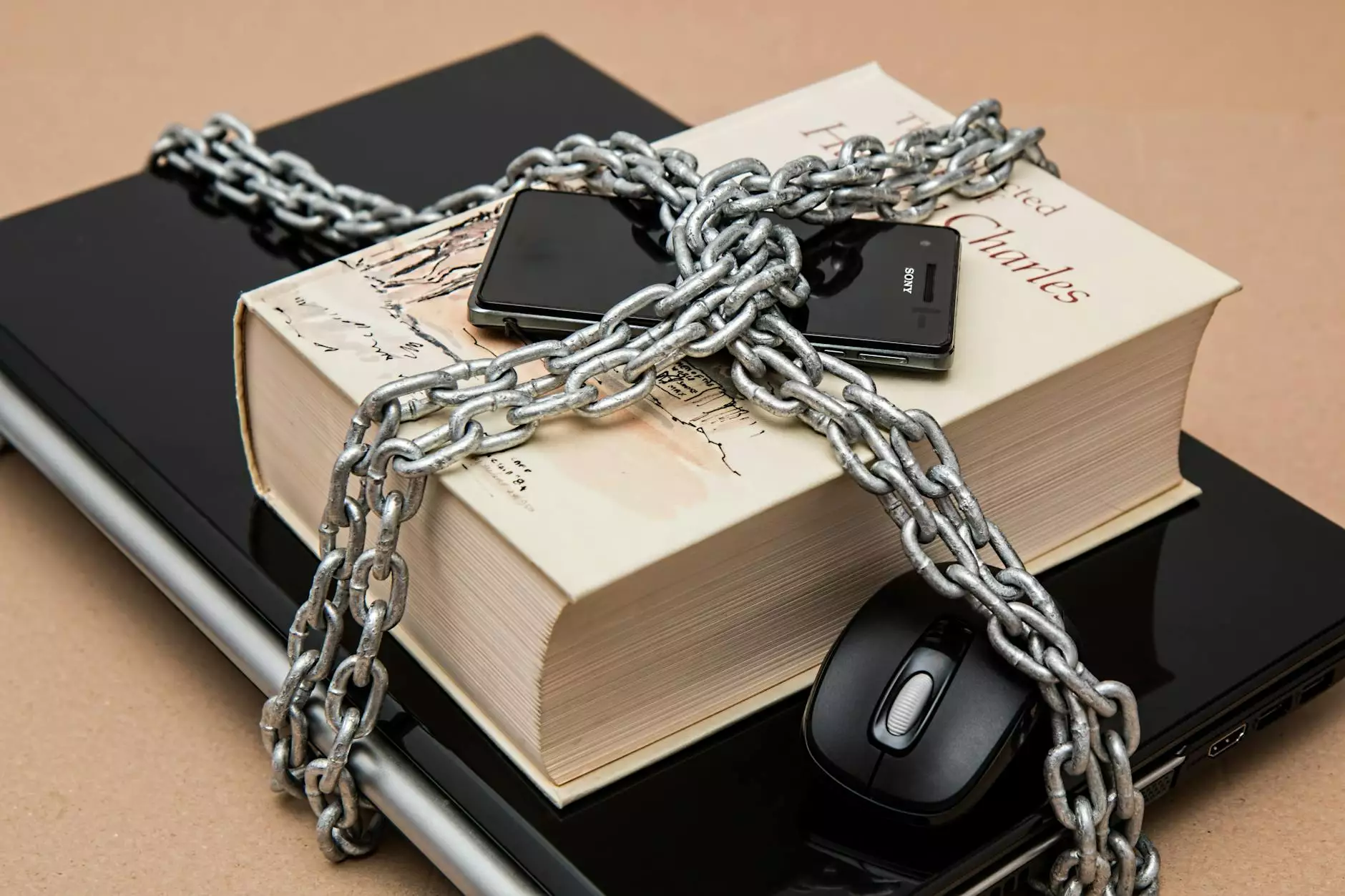Is Limestone Slippery When Wet? Understanding Surfaces and Safety

Limestone is a natural stone that has been used for centuries in various architectural applications, including flooring. However, one of the common concerns among homeowners and businesses alike is whether limestone is slippery when wet. This article will delve into the characteristics of limestone, provide insights into its safety, and recommend best practices for maintaining your flooring.
The Nature of Limestone
Limestone is a sedimentary rock composed primarily of calcium carbonate. It is formed from the accumulation of marine organisms' remains and can be found in different textures and finishes. This stone is popular for its aesthetic appeal and durability, making it a favored choice for both residential and commercial spaces.
Types of Limestone Finishes
When considering limestone for flooring, it’s essential to understand the different finishes available:
- Polished Finish: This finish has a high sheen and smooth surface, which can enhance the beauty of the stone. However, polished limestone can be more slippery when wet.
- Honed Finish: A honed finish is more matte and provides better traction. It is generally less slippery and ideal for areas that may become wet.
- Textured Finish: Textured limestone surfaces offer the most grip. They are typically used in outdoor settings or high-traffic areas.
Is Limestone Slippery When Wet?
The short answer is that limestone can be slippery when wet, especially those with a polished finish. The smooth surface does not provide sufficient traction for safe footing, increasing the risk of slips and falls. The degree of slipperiness can vary depending on the type of finish and the specific characteristics of the limestone.
Factors Contributing to Slipperiness
Several factors influence whether limestone is slippery when wet, including:
- Surface Finish: As discussed, polished limestone is the most slippery. Textured surfaces and honed finishes will be less prone to slipping.
- Environmental Conditions: Wet conditions can exacerbate the slipperiness of any flooring material. Factors such as humidity and the presence of oils or cleaning products can impact traction.
- Maintenance: Regular cleaning and sealing can help maintain the grip on limestone flooring. Dirt and moisture can create a slick layer on the surface.
Best Practices for Limestone Flooring in Wet Areas
To enhance safety and minimize the risk of slipping, certain practices can be implemented when using limestone in areas prone to moisture:
1. Choose the Right Finish
When selecting limestone, opt for a honed or textured finish for areas that may get wet. These finishes provide better traction and are safer for homes and businesses.
2. Use Non-Slip Mats
In high-traffic areas or places where water frequently collects, consider using non-slip mats. These can serve as effective barriers to prevent slips.
3. Regular Maintenance
Maintaining your limestone flooring is crucial. Regular cleaning can prevent buildup that could cause slippage. Consider using a pH-balanced cleaner that won’t damage the stone.
4. Apply Protective Sealants
Applying a high-quality sealant can help to protect the surface of the limestone and enhance its traction. Consult with professionals to determine the best sealant for your specific limestone type.
Advantages of Limestone Flooring
Despite concerns about slip resistance, limestone offers several advantages that make it a desirable material for home and office flooring:
- Aesthetic Appeal: Limestone has a natural elegance that complements various design styles, from rustic to modern.
- Durability: Its hardness and resilience make limestone a long-lasting option for flooring in high-traffic areas.
- Versatility: Limestone can be used in diverse applications, including patios, entryways, and as accent walls.
- Eco-Friendly: Being a natural stone, limestone is generally considered an environmentally friendly choice compared to synthetic materials.
Conclusion
In conclusion, while limestone can be slippery when wet, understanding its properties and implementing best practices can enhance safety and functionality. Whether you are installing flooring in your home or managing a commercial space, consider the surface finish and maintenance tips discussed in this article. For more detailed advice and professional assistance, feel free to reach out to ndclean.com, where we specialize in home services, flooring, and office cleaning solutions that prioritize safety and aesthetics.
FAQs About Limestone Flooring
1. How do I clean limestone flooring?
Clean limestone flooring using a soft broom or vacuum to remove loose debris. Follow up with a damp mop and a pH-neutral cleaner specifically designed for natural stone.
2. Can I use a steam cleaner on limestone?
It is generally not recommended to use steam cleaners on limestone as the high heat and moisture can damage the stone.
3. How often should I seal my limestone floors?
Sealing frequency depends on the type of finish and the amount of foot traffic. On average, sealing every 1 to 3 years is advisable.
4. What should I do if my limestone floors become slippery?
If your limestone floors are slippery, consider applying a non-slip treatment, using rugs or mats, and ensuring regular cleaning to remove any potential slick residues.



